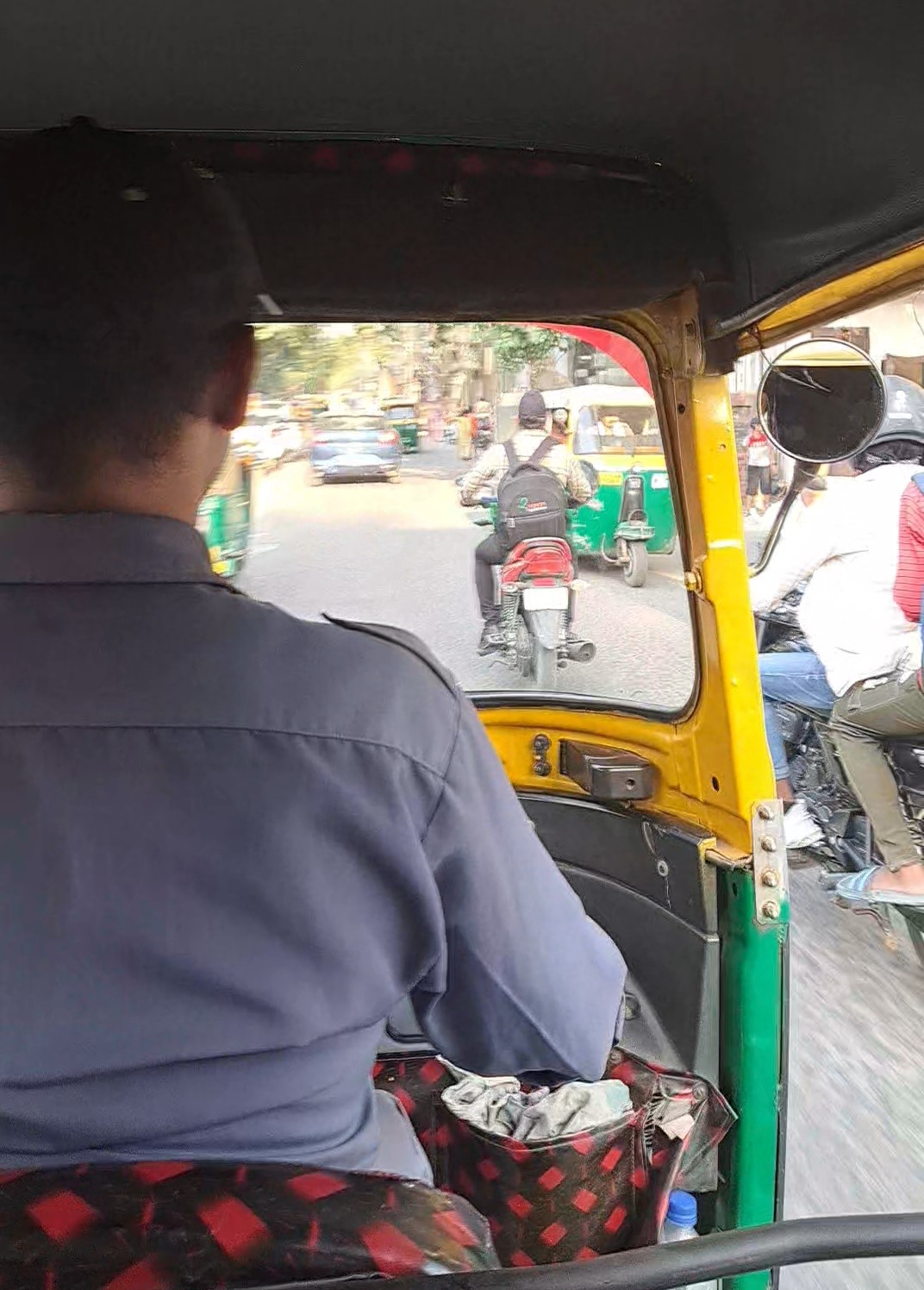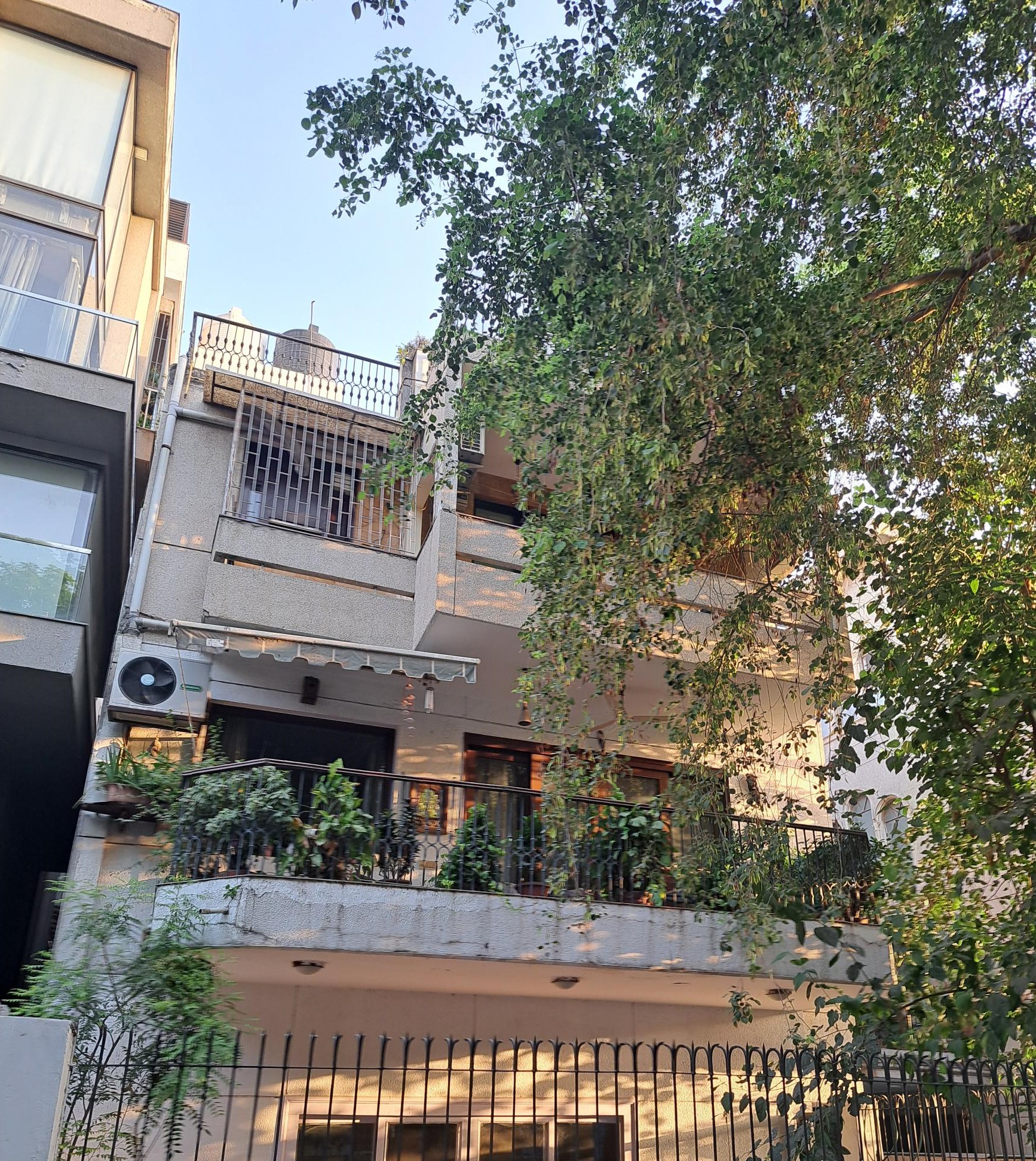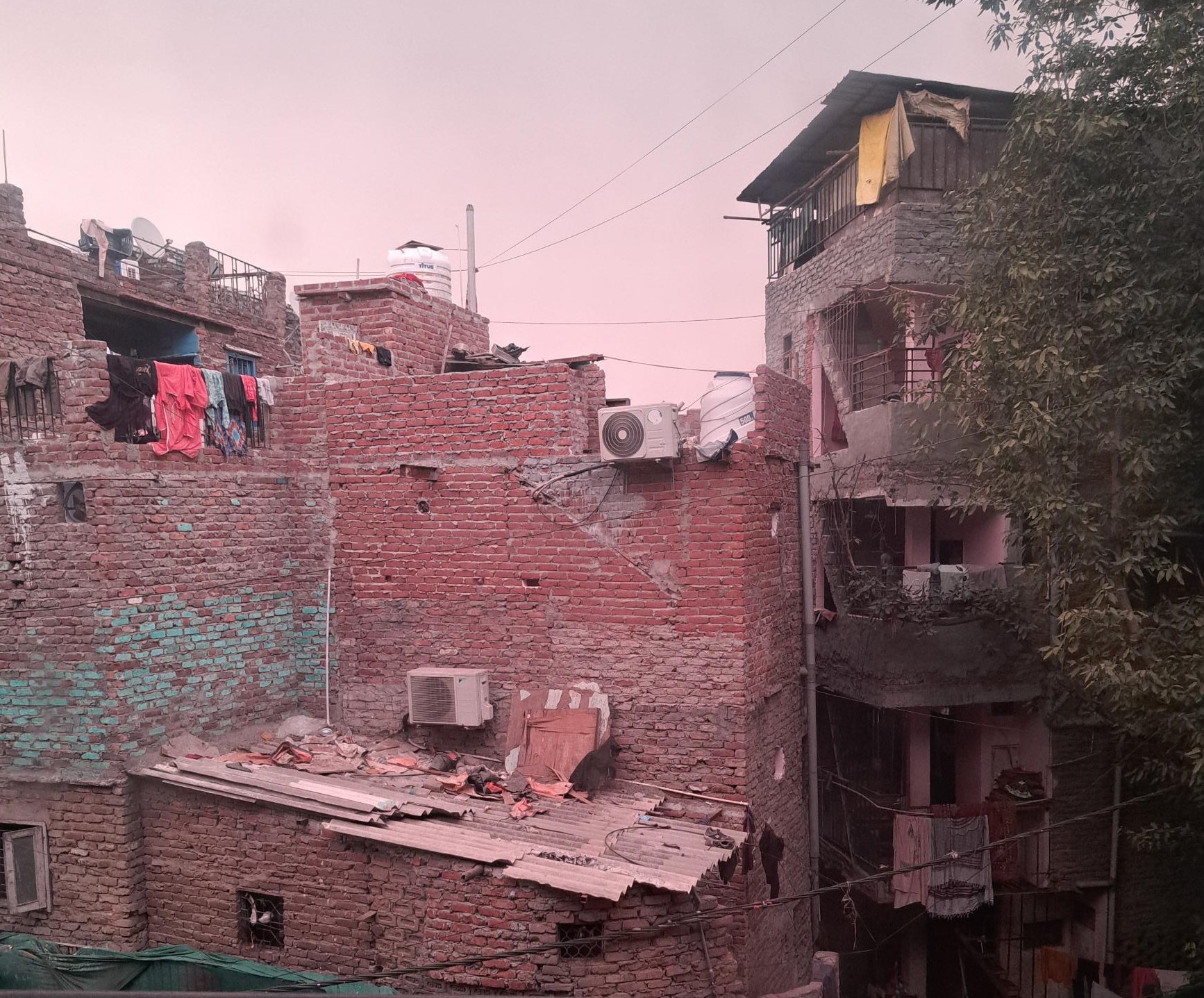Week #1: Not in Kansas Anymore
*Note: in this and all other subsequent entries of this blog, the names and other identifying characteristics of those discussed have been changed in order to preserve the anonymity of those persons and the work currently being conducted by the Migration & Asylum Project
“If you are the type of person who needs to be in complete control over your schedule and simply has to know what is in store for you at every point in the days and weeks ahead, then I suggest going to Switzerland; it’s absolutely lovely this time of year. But if you’re a person who can become comfortable letting go of a little bit of control on life and, even more than that, is craving an adventure, then come to India.” This was the advice given to me by Professor Christie Warren while I was in the process of utterly losing my mind over the amount of time that it was taking to obtain my Indian work visa (the full components of which I only received about a week and a half before the time my internship was set to begin and my non-refundable flight was to depart from Dulles for Delhi). To be completely transparent, I have never been the type of person who friends or family in any way, shape, or form have ever described to others as being particularly “relaxed.” Between the two personal inclinations previously described, I would be inclined to agree that I embody the characteristics of a control freak and a worrywart more often than not. All of that being said, I do delight in being a walking contradiction of sorts; I would describe myself as the type of person who is simultaneously terrified of heights but nevertheless has the counterintuitive tendency to go jumping off of some very high cliffs simply because I think that the fall will probably do me some good. Sometimes, the best thing in life that a Type A neurotic can do for themselves is to trust that everything will be ok in the end, surrender a modicum of control, and take the plunge. Adventure, here I come.

If one has made the cascading series of life decisions that have brought them to New Delhi during the peak summer months over any other opportune season throughout the year, the first thing that will likely take them aback is the all-encompassing heat. From May to August, the average daily temperature in New Delhi is a whopping 91°F (33°C); upon landing at Indira Gandhi International Airport jetlagged and sleep-deprived on May 22, 2024, I was greeted with the fresh punch in the face of a 113°F (45°C) day (a relative low during my first week in the country, which maxed out on the hottest day ever recorded in Delhi’s history at about 120°F). While subsequently attempting to arrive at one’s ultimate destination, the second thing that will grab a Delhi-bound traveler’s attention with the force of a gorilla on speed is the unique and particular nature of Indian traffic. Here, the simple task of taking a cab over from the airport is like playing a game of bumper cars with all too real stakes, where lane markers are more suggestions rather than steadfast rules, and the blast of a car horn can conservatively be heard approximately every one to two seconds. In the week and a half since arriving in the city, I have found it remarkable how quickly one grows accustomed to the whole thing.
Extreme heat and a pathological disregard for the standard conventions of national motorways aside, I arrived in India to find a country that was, in most of the other ways that truly mattered, generally polite and hospitable towards the pink and pasty transplant that had recently landed head-first into the middle of it all. After a harrowing ride over to the Airbnb in which I would be staying (an all-together pleasant abode in an affluent area of New Delhi called Greater Kailash II, not to be confused with Greater Kailash I or the apparently greater Greater Kailash III), I took the weekend to acclimate to the fact that I was now living nine and a half hours ahead of the time zone that I was accustomed to and prepared myself to begin work at the Migration & Asylum Project the following Monday. I had come to Delhi to work with MAP’s casework division, the legal arm of the NGO dedicated to providing legal services and representation to displaced persons seeking asylum in India. Coming into the internship, I believed with some degree of confidence that I knew more about India than the average American, which is to say that my basis of knowledge was next to absolutely nothing. My first day at MAP provided me with a crash course on many different subjects; specific legal challenges and barriers encountered by displaced and migrant persons arriving in the country, previous initiatives that had been spearheaded by the MAP over the past decade, a brief foray into the past 400 years of Indian history and the contextualization of the current right-leaning, Hindu-nationalist Modi government, the whole gambit. I would have much more catching up to do in the days and weeks ahead.

One of the first things I learned working at the MAP is that India currently has a population of about 1.4 billion people. Of those 1.4 billion, 35 million live in the city of Delhi. For any Americans out there in the audience, that’s a number greater than the populations of New York City, Los Angeles, Chicago, Houston, Philadelphia (go birds!), and every other major population center in America’s top ten most populous cities combined. As one of the only cities in India with the legal infrastructure necessary to handle a wide range of immigration cases, Delhi in recent years has become a significant hub for refugees entering the country from places like Afghanistan, Myanmar, and Sri Lanka. Much like the United States, the Indian legal system has also increasingly become bogged down by an unrelenting volume of cases needing to be heard, limiting the access of the most marginalized within the country to much-needed sources of legal aid and relief.
MAP is one of the principal organizations in India attempting to put a face to the country’s faceless and actually do something about this pervasive problem, effectuating a grassroots, community-driven network of lawyers, advocates, and community volunteers equipped to handle the legal needs of underrepresented and underserved populations within Delhi. Throughout my first week on the job, I became better acquainted with the types of tasks that would be asked of me in the coming weeks. I was trained on how to effectively utilize COI (“Country of Origin”) information in the preparation of client cases, wrote legal briefs on several of the specific legal categories that MAP utilizes to help clients obtain refugee status in India, and started work on creative projects aimed at educating the public on some of the challenges faced by refugee and migrant populations in conjunction with MAP’s celebration of World Refugee Day later in June. Much like the country itself, I have arrived in India to find an office in the Migration & Asylum Project that has been warm, welcoming, and more than a little patient with the semi-ignorant American living and operating in their midst. I will have much more to say about the work being conducted by MAP and myself in the weeks and months ahead, so stay tuned!
-Tyler Brooks, 05/31/2024
